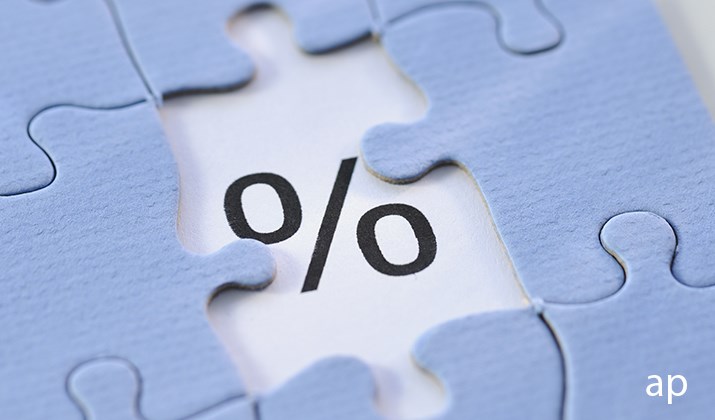
Investors continue to grapple with the unfolding consequences of the Covid-19 crisis and, understandably, for many it probably feels too early to think about anything beyond the least risky assets.
Investing is not an exact science and we can never have perfect information, but even in this most unusual of circumstances we know a few things: for example, we know that all economies are bound to take a massive hit. We also know that governments and central banks around the world are rolling out supportive policies. Finally, we also know that this will lead to a significant increase in public debt levels and an even more protracted period of near-zero interest rates.
How to Tackle Low Yields
Markets have already been incorporating much of this information into prices and we have seen a significant drop in bond yields. For example, the yield on UK government bonds with a maturity of two years started ranged between 0.5% and 0.6% from the start of the year until mid-March, but now barely hangs on above zero.
Further up the maturity spectrum, the situation is similar: the yield on a 10-year UK Gilt is now around 0.25%. This is the clearest signal that markets have completely stamped out any expectation of higher interest rates in the foreseeable future.
So, what to do? Well, government bonds are the safest assets, particularly those issued by a highly creditworthy agent like the UK Government. However, piling into government debt won’t offer you much in the way of returns these days. So, if you’re already thinking about taking some risk, the only way is up; up the credit scale, that is. And investment-grade corporate bonds should be your first port of call.
The supportive policies implemented by the Bank of England may primarily focus on government debt, but as part of its rekindled asset purchase programme the central bank will also buy non-financial investment-grade-rated corporate bonds.
The combined actions of quantitative easing and ultra-low interest rates are bound to provide support to this type of debt, and thus reduce the notional risk of investing in it.
However, yields here – although higher than gilts – are also down, and so keeping a very tight rein on fund management expenses becomes paramount. Indeed, now more than ever you just don’t want to see your returns cancelled out by ongoing charges.
Passive Funds for Income
Passive funds are a good way to increase your allocation to corporate debt without paying too much for the privilege. Here are a couple of the options:
The Bronze-rated Vanguard UK Investment Grade Bond Index Fund tracks an index that straddles not just corporate bonds but into semi-government and collateralised bond territory; the latter too account for about 30% of the portfolio.
The non-corporate-bond segment of the index the fund tracks is less risky and can act as a cushion or a drag depending on market conditions, but it also makes this passive strategy a better mirror for how active managers tend to position themselves in this market. The fund comes with a very attractive ongoing charge of 0.12% and yields 2.46%.
The iShares Core GBP Corporate Bond ETF, meanwhile, may appeal to investors seeking a pure play on corporate bonds. Its sole focus on these makes it a riskier strategy, but it offers a higher yield capture when the search for income is the only game in town. The ETF comes with an ongoing charge of 0.20%, not the cheapest for a passive fund but nonetheless still attractive relative to the average active peer in the category.
These are just two options, but investors have plenty of choices to cater for their varied needs. Some passive funds restrict exposure to the short-dated maturity segment of the market (that is, up to five years), others exclude bonds issued by financial institutions, and there are even now funds for those seeking investments with an ESG focus. Whichever your preference, you are likely to find a low-cost passive fund that meets your criteria and allow you to keep more of the returns it generates.





























